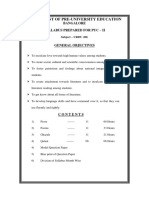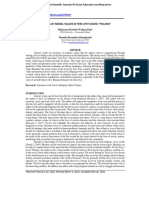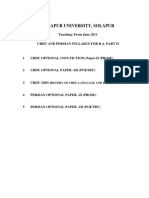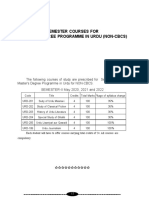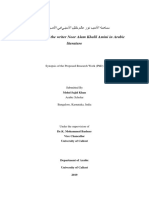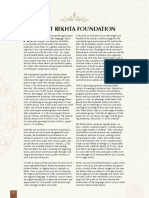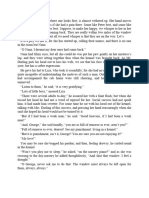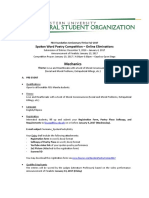0% found this document useful (0 votes)
68 views2 pagesAssignment Solution
Urdu novels by Pakistani authors remain popular today, particularly among youth, due to their relatable cultural narratives and exploration of societal issues. Notable examples include 'Peer-e-Kamil' by Umera Ahmed, which addresses spirituality and moral growth, and 'Mushaf' by Nimra Ahmed, which emphasizes faith and self-identity. These novels serve as moral guides, influencing young readers' attitudes towards spirituality and personal values.
Uploaded by
sardar.emooCopyright
© © All Rights Reserved
We take content rights seriously. If you suspect this is your content, claim it here.
Available Formats
Download as DOCX, PDF, TXT or read online on Scribd
0% found this document useful (0 votes)
68 views2 pagesAssignment Solution
Urdu novels by Pakistani authors remain popular today, particularly among youth, due to their relatable cultural narratives and exploration of societal issues. Notable examples include 'Peer-e-Kamil' by Umera Ahmed, which addresses spirituality and moral growth, and 'Mushaf' by Nimra Ahmed, which emphasizes faith and self-identity. These novels serve as moral guides, influencing young readers' attitudes towards spirituality and personal values.
Uploaded by
sardar.emooCopyright
© © All Rights Reserved
We take content rights seriously. If you suspect this is your content, claim it here.
Available Formats
Download as DOCX, PDF, TXT or read online on Scribd
/ 2






